2019-01-04
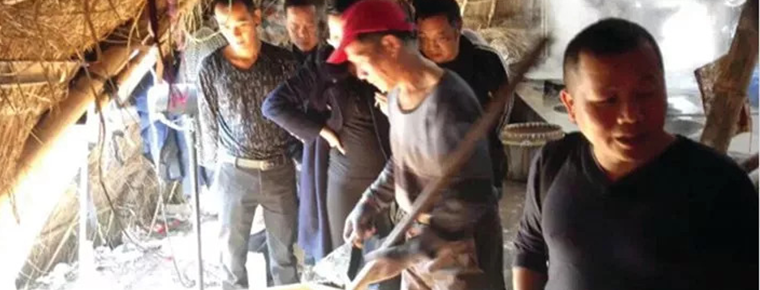
- By ChinaWiki.net
- Chinese Edition
- 2019-04-21
Traditional Sugar-making Techniques
In the memory of many Wenzhou people, when they were young, they were short of doctors and medicines, but the old people had many earthen prescriptions which were very useful. For example, if you have a slight stomach discomfort, the old man will make you drink a bowl of salt and boiled water; if you lose strength, you will drink a bowl of brown sugar soup. How many medical principles are there? It's really not clear. But even now, in the case of dysmenorrhea and other symptoms, a bowl of ginger soup, or mother's first recommendation of dietary supplements.
As we all know, sugarcane is the main raw material for manual sugar production. Due to the different production processes of various sugars, this paper takes brown sugar as an example: brown sugar has undergone 18 traditional processes, and the ancient method of boiling has to go through the basic steps of juicing, vigorous fire, foaming, water draining, sugar extraction, sand beating, shaping and so on. First, the juice is squeezed by a juicer, and the sugarcane juice flows into the lower barrel. After being filtered by eight filters, it is heated in a large sugarpot, which is deposited in a wooden barrel for an hour before being used. Then the precipitated sugarcane juice is put into the second pot and boiled into syrup. The syrup is scooped onto a wooden platform, cooled while the syrup is cooled, and stirred vigorously by the sugar workers. Then it was made into brown sugar. Tiangong Kaiwu has a detailed record of its technology.
At present, Yiwu is the most abundant brown sugar. In the sugar-making season, there is a shortage of supply and demand.
In fact, Taoshan Town of Ruian has a long history of sugar making from Jinggu. Jinggu, located in the central part of Ruian City, is under the jurisdiction of Taoshan Town. Historically, it mainly made sugar by hand. Basically, there are sugar factories (stoves) in Jinggu villages. Legend has it that Tao Hongjing, known as Prime Minister of Shanzhong, came to live in seclusion as early as Qiliang in the Southern Dynasty. He led farmers to grow sugarcane in Fuquan Mountain and instructed them to make sugarcane for medicinal purposes. Now the main products are brown sugar, sugar bowl, ginger sugar and so on, forming a unique style of sugar making, which is exported to Hangzhou, Shanghai, Tianjin, Beijing and other provinces and cities throughout the country.
In the local area, there is still a very ritual custom, that is, during the ripening period of sugarcane, the leaves of sugarcane are built into a shed, and sucrose is burned in the shed. When the sugarcane is burned, the shed is burned down. This is both an ancient ritual and a scientifically based practice, because sugar clubs are adsorbed on the roof of the cane to grow bacteria and eventually burn the shed.
During the War of Resistance Against Japan, foreign imports of sugar declined sharply, and the production of domestic mechanism sugar also declined sharply. The production of local brown sugar in Wenzhou rose.
In the second half of 1945, after the end of the War of Resistance Against Japan, Taiwan's airline from Keelung to Wenzhou resumed, and Taiwan's institutional sugar was transported to Wenzhou in large quantities, and native brown sugar was greatly excluded.
From the late liberation war to the period of resisting the US and aiding the DPRK, the traffic across the Straits was blocked by the US and Chiang Kai-shek, and the price of brown sugar rose again.
After 1986, the sugarcane base in Ruian has shrunk seriously (replanting rice), the purchase of fresh sugarcane has dropped sharply, the production period is only 12 days, and the equipment has been idle for a long time. Production ceased in 1992.
In November 2011, 15 families of Jinggu peasants Zhang Shengdi and Pan Kezhong jointly founded the Sante Sugar Co-op in Ruian City and opened a sugar factory. They invited the veteran artists of sugar-making skills to inherit the millennium-old sugar-making system. Protect and rescue this skill, so that it can be inherited. It is understood that Jinggu Jinshan Sugar Factory is the only existing sugar factory in Wenzhou.
At present, there are only a few artists who have mastered sugar making skills, and only a few of them are over 60 years old. Jinggu Handmade Sugar is the concrete embodiment of Chinese traditional culture and an important part of Chinese traditional handicraft. If we develop new products, we can not only meet the market demand, but also protect and revitalize the sugar making technology of our city.
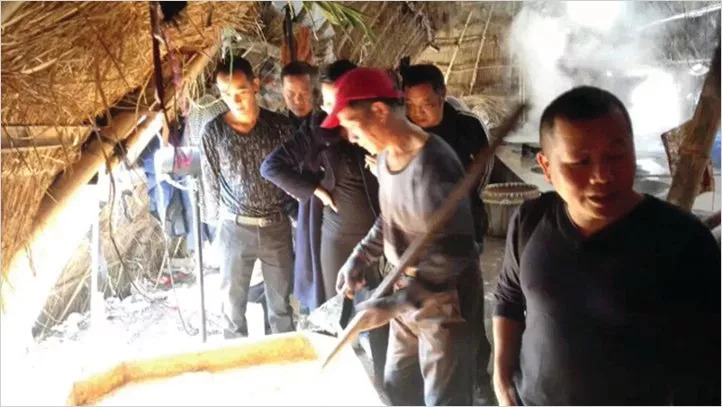
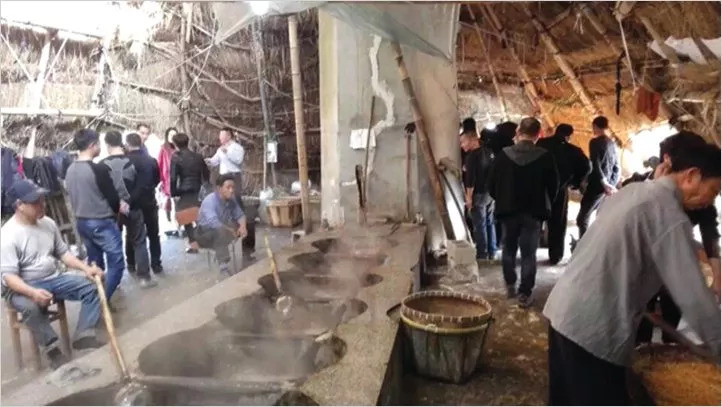
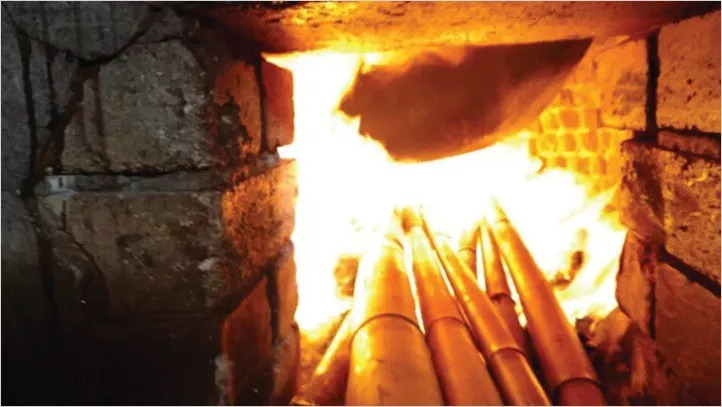
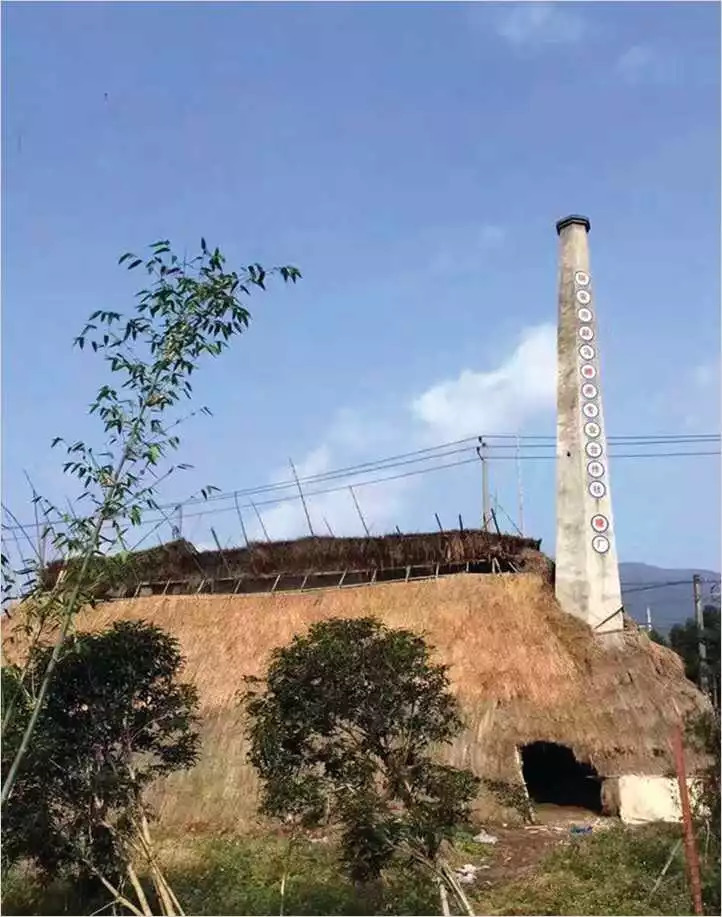
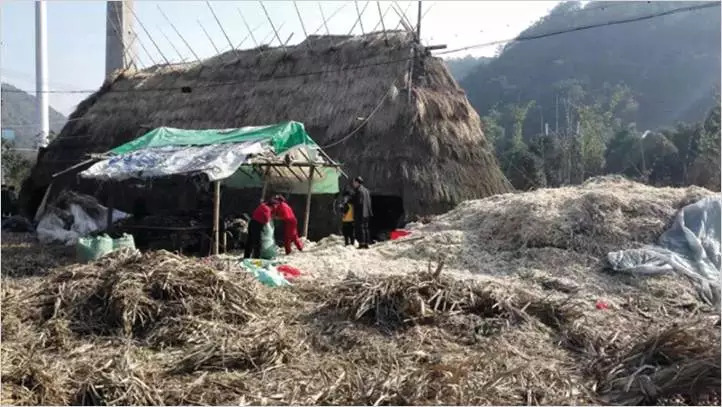
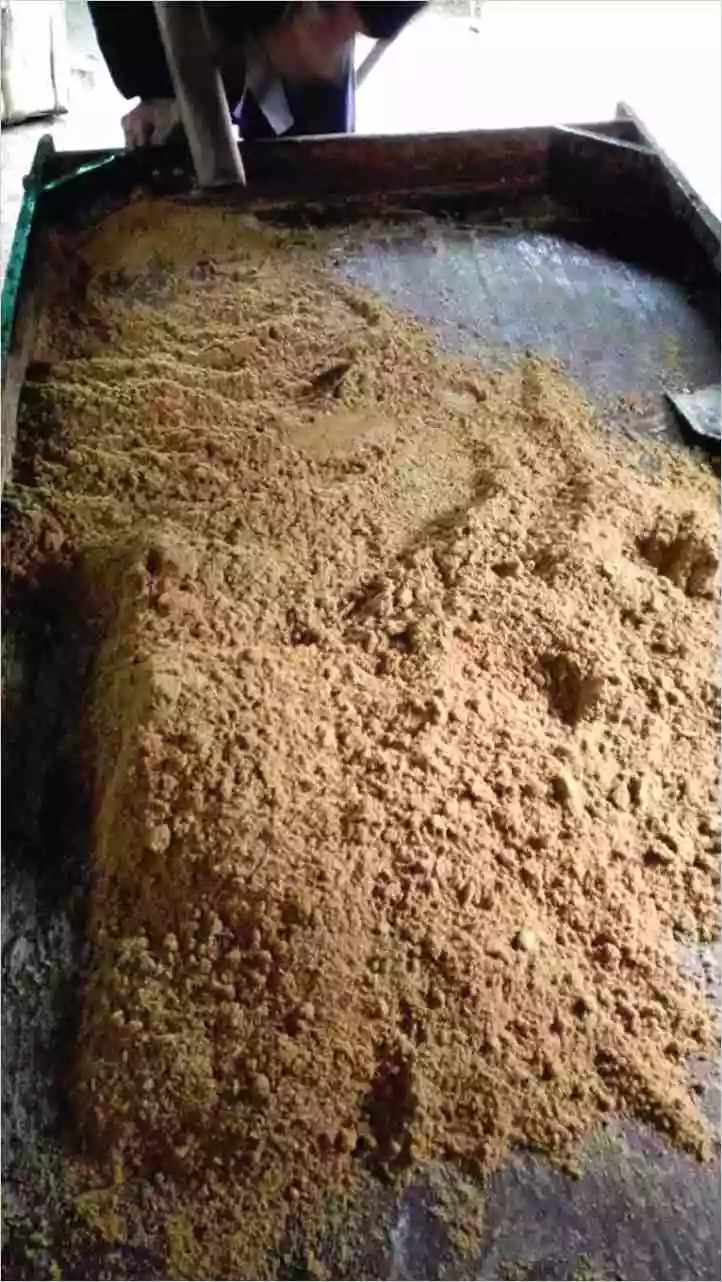
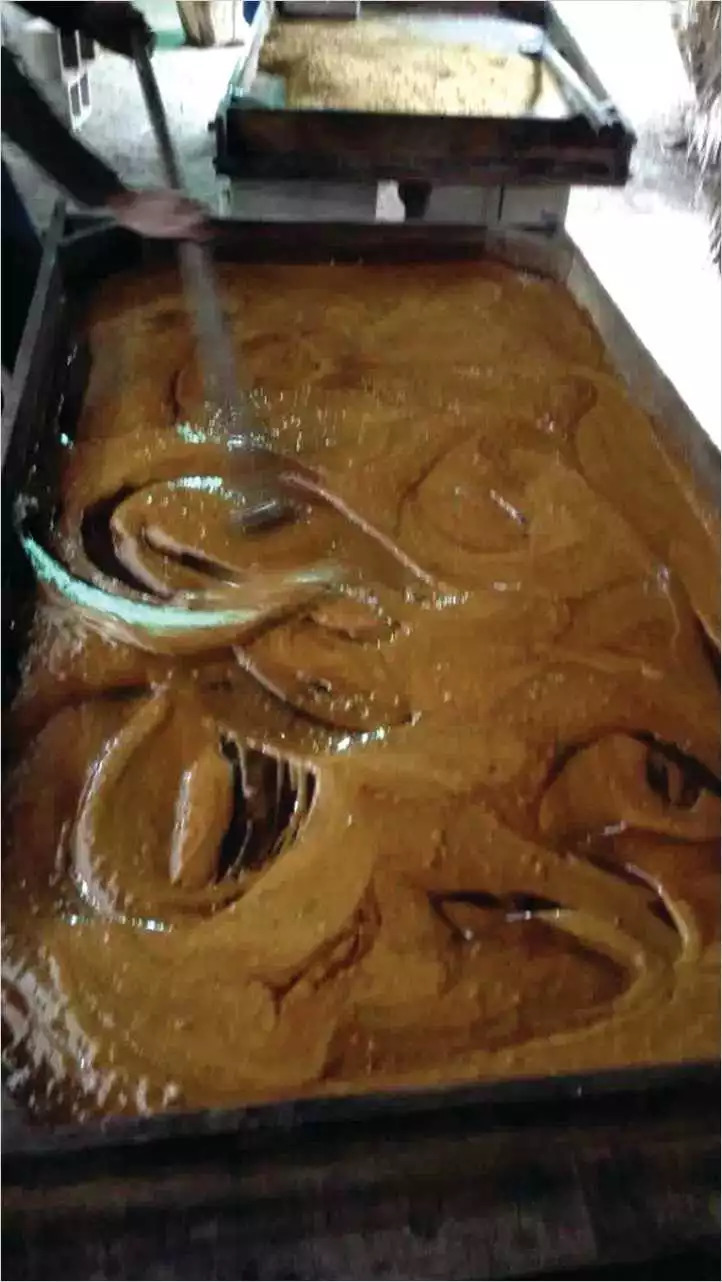
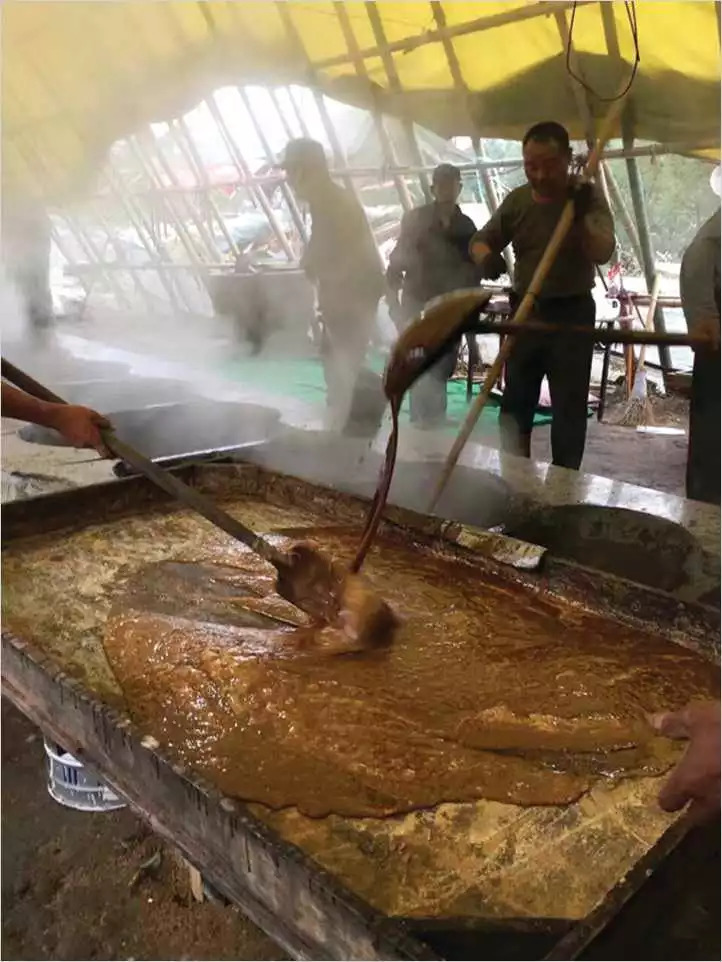

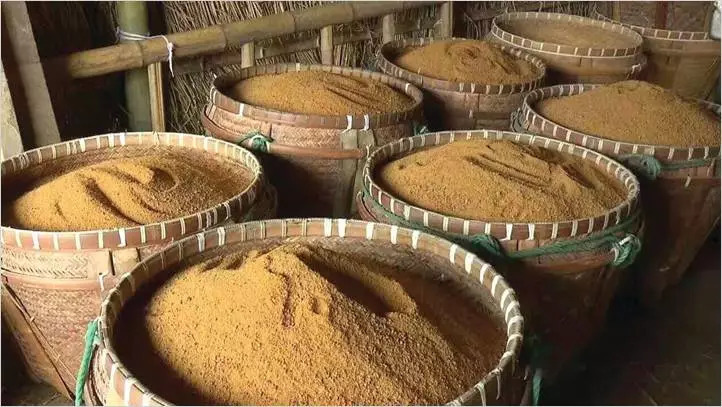
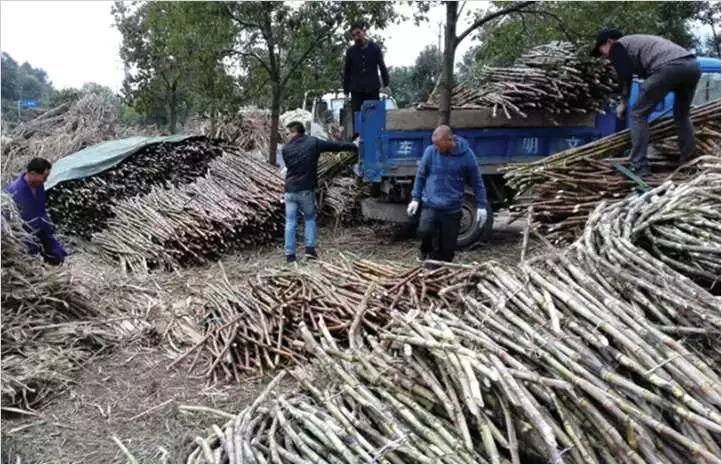
Ask a Question
Your email address will not be published.
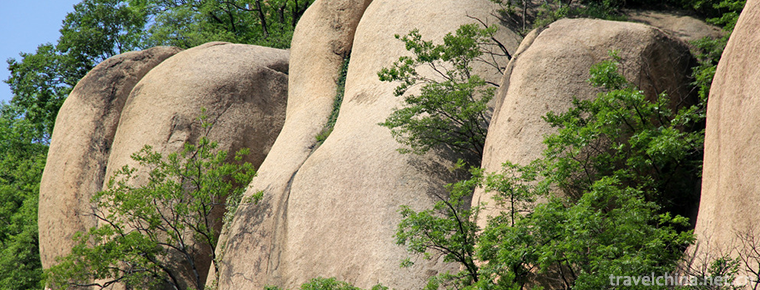
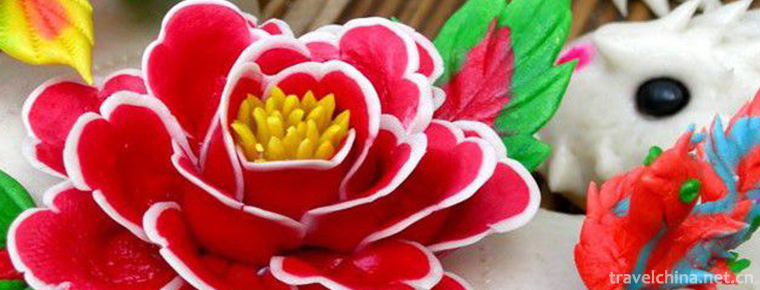

0 Questions